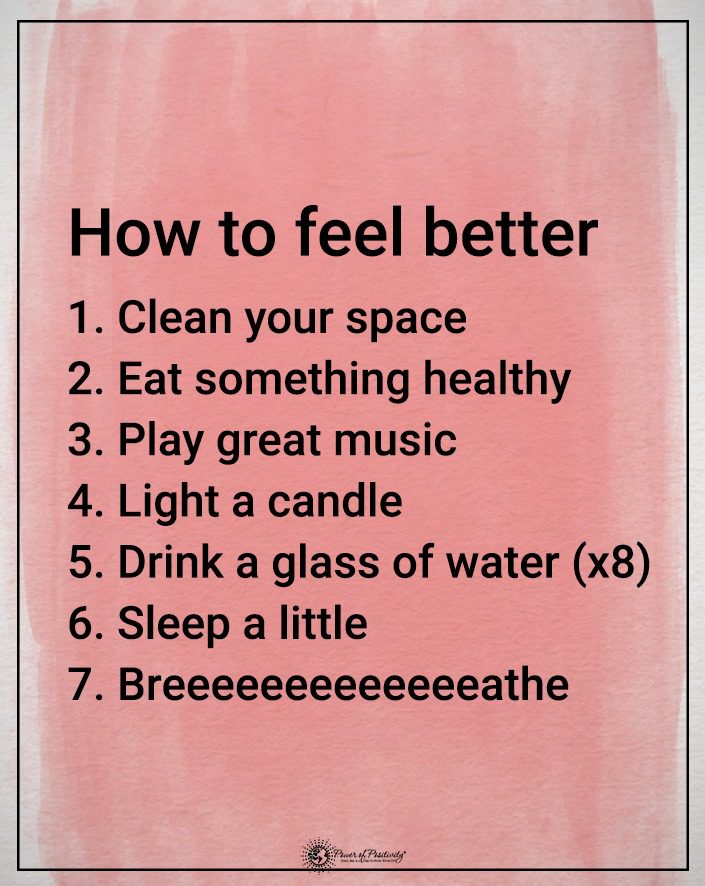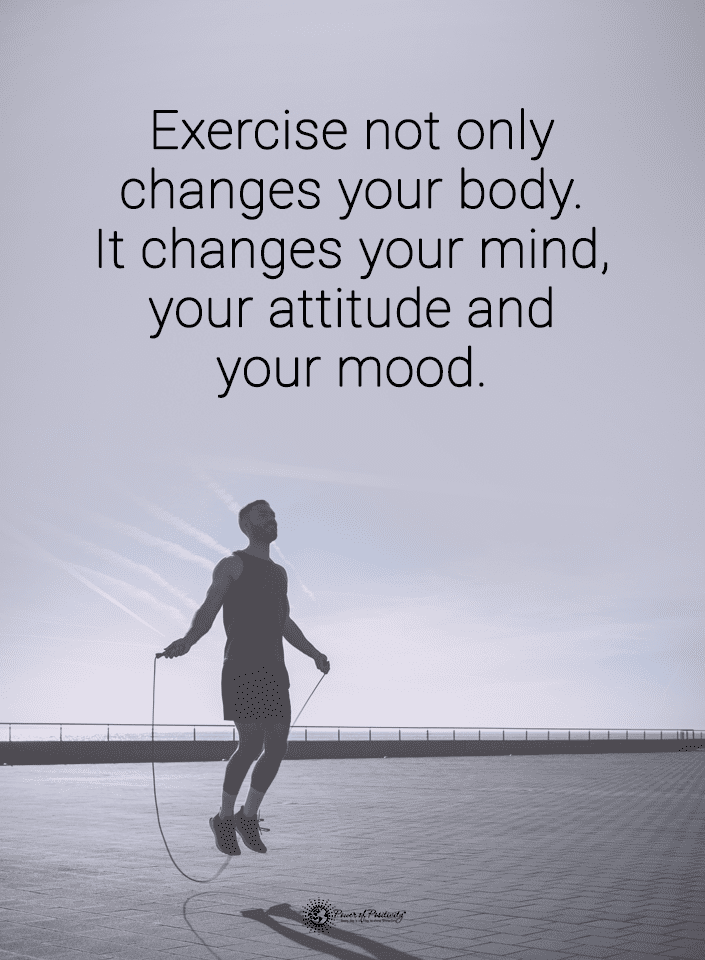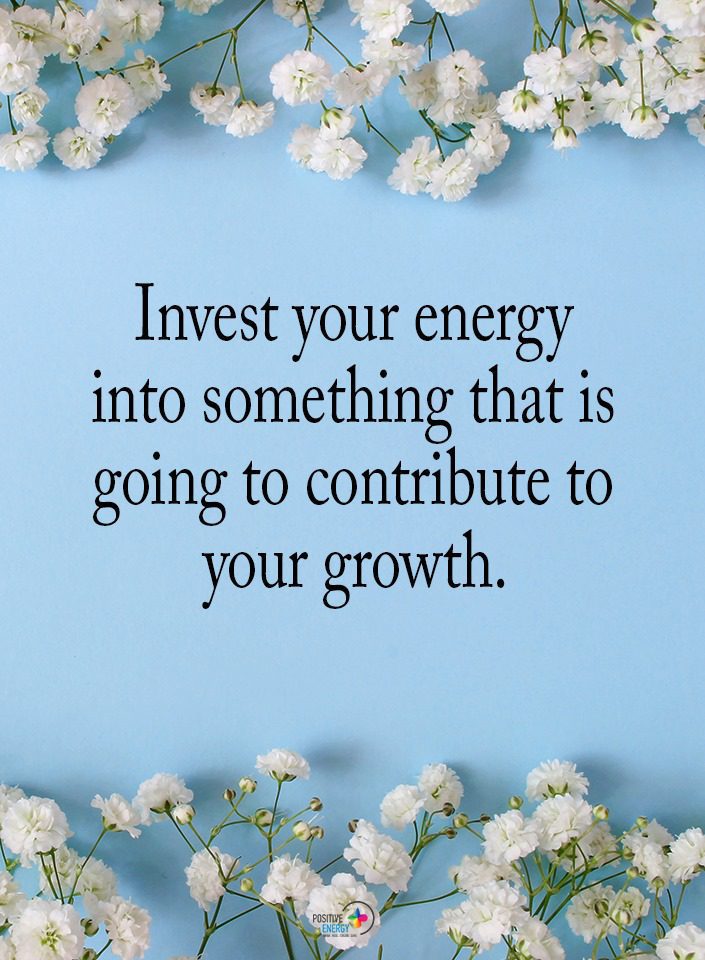Henry Dimbleby, the UK government food policy coordinator, warned that England must drastically reduce its dairy and meat consumption to further climate change. He argued that the country’s only way to have sustainable land use was cutting back on animal farming.
Dimbleby was appointed lead non-executive board member for the Department for Environment, Food, and Rural Affairs (Defra) in 2018. He also co-founded Leon Restaurants and the Sustainable Restaurant Association.
In an interview with The Guardian, Dimbleby admitted that encouraging the public to reduce meat consumption would be “politically toxic.” He said that a combination of incentives and penalties could help people transition to more plant-based foods. Some people might not agree with stricter food policies, but Dimbleby said they are necessary to meet the country’s climate and biodiversity goals.
“It’s an incredibly inefficient use of land to grow crops, feed them to a ruminant or pig or chicken which then over its lifecycle converts them into a very small amount of protein for us to eat,” Dimbleby told The Guardian.
Reducing Meat Consumption Necessary to Stabilize Climate
A recent WWF report found that half of the UK’s annual wheat harvest goes toward feeding livestock. Currently, farmers utilize 85% of agricultural land in England to graze ruminant animals such as cows or to grow livestock feed. Meanwhile, dairy and meat provide only 32% of the UK’s calorie intake and less than half (48%) of protein.
According to the report’s findings, growing crops to feed farm animals creates an enormous land use and carbon footprint:
- Wheat and barley grown for farm animals in the UK require 2 million hectares of land or 40% of the UK’s agricultural land.
- Wheat grown in the UK for livestock feed accounts for half of the annual wheat harvest (equivalent to 11 billion loaves of bread).
- Oats grown in the UK for livestock feed comprise a third of the annual oat harvest and could produce nearly 6 billion bowls of porridge.
- The UK imports vast quantities of soy to feed pigs and chickens, contributing to overseas ecosystem degradation in areas such as the Brazilian Cerrado.
The report suggests substituting livestock feeds with alternatives like grass, food supply chain byproducts, and insect meal. These environmentally friendly options would make more land available to grow food for people instead of animals. For instance, farmers could grow fruits, vegetables, and nuts instead of animal feed to move toward regenerative agriculture. Doing so would inevitably help reduce meat consumption.
The authors acknowledged that feeding farm animals more sustainably would require reducing the number of livestock overall. However, animals could still be critical in promoting regenerative, nature-friendly agriculture. For instance, most UK cows and lambs are pasture fed, helping to fertilize the soil and graze lands unsuitable for growing crops.
Not All Citizens Agree With Eating Less Meat
Dimbleby believes the public needs to reduce meat consumption by 30% over ten years to meet sustainability targets in England. A 2018 study by the University of Oxford calls for more drastic reductions in meat and dairy intake to avoid ecological disaster as a result of climate change.
Researchers stated that wealthy nations like the United Kingdom and the United States should cut meat and dairy consumption by 90 and 60%, respectively. The report said that citizens should substitute these foods with four to six times more beans and pulses.
Dimbleby said that if the UK can farm sustainably and still feed people, it could provide an example to the world. So far, policy proposals to curb meat consumption haven’t been very popular with the public.
According to National Food Strategy survey data, most respondents agreed with improved animal welfare and environmental policies. Regarding reducing meat intake or eating vegan alternatives, less than 40% of people agreed.
Dimbleby added that convincing UK citizens to lower their meat consumption would require a substantial cultural shift. Animal farming dates back thousands of years in the United Kingdom, and beef remains a staple for many people. However, research suggests that some consumers are more open to vegan or flexitarian diets.
The Office for National Statistics found that about 25% of UK adults have reduced their meat consumption. It’s believed that rising inflation and the cost of living crisis have contributed to shifting dietary habits.
But Leaving Room For Nature Increases Carbon Sequestration
Once prices begin stabilizing, it’s unclear if this trend will continue. Nonetheless, countless studies show that we must drastically change our food systems to mitigate climate change.
Dimbleby told the Guardian: “It may turn out that there is some new way of grazing with which we can sequester carbon in the long term but at the moment all forms of meat production are significantly carbon positive.”
Some farmers argue that pasture lands have nutrient-poor soil and wouldn’t support crops. However, Dimbleby said that farmers should eliminate these barren lands from food production altogether. He added that rewilding even 5% of degraded lands could help restore ecosystems.
“One of the arguments people make about pasture is that land is not good for anything else,” he said. “But actually, even more than the actual direct carbon emissions from ruminants, the opportunity cost of the land they occupy is huge. We destroyed most of our rainforests 1,000 years ago in this country but most of that land has huge potential to store carbon. Almost all the land you took out of food production should be low-grade extensive pasture.”
In summary, the UK could meet current climate targets by reducing meat consumption and letting nature take back overgrazed lands.

Final Thoughts on UK Official Calling On Citizens to Eat Less Meat to Slow Climate Change
In general, people don’t like others policing their eating habits. However, in the age of the climate crisis, many world leaders have realized the destruction animal farming leaves behind. Henry Dimbleby, the UK government food policy coordinator, warned citizens of the urgent need to reduce their meat consumption.
Almost 90% of the UK’s agricultural land goes toward raising animals, yet animal products provide only 30% of calories consumed. Dimbleby said this inefficient land use contributes significantly to climate change and ecosystem destruction.


















